by Kate Hart
Since 2005, May 17 has been dedicated to the International Day Against Homophobia and Transphobia. The date marks the day in 1990 when the World Health Organization removed homosexuality from its list of mental disorders.
It was originally called the International Day Against Homophobia; a day intended to broaden awareness of the discrimination, violence and persecution experienced by lesbian, gay, bisexual, trans and intersex people around the world.
In 2009, following increased recognition that trans communities experienced aggravated forms of gender-based violence with distinct patterns different from homophobia, the name evolved to its current form: the International Day Against Homophobia and Transphobia.
In just a decade, this movement has spread worldwide; there are events are taking place in over 120 countries this year.
Wonderful work – but we have miles to go before we sleep. Being LGBT is still illegal in over 80 countries.
Can you even imagine what it would be like for your very existence to be declared illegal? Something you have no control over – just for being born that way, you are illegal.
This is a daily reality for the LGBT community in those countries, which represent over 40% of the world’s population.
How about sitting on death row because you dared to love? Ten countries still consider being LGBT a crime punishable by death! For daring to love. For daring to express that love for another human being.
Somehow, I suspect that this wouldn’t stand if the persecution was of heterosexual people; I’m certain that governments of the world would see this as a much bigger problem.
So, here is my challenge to all of you: get off your butts and help change this deplorable situation. Start lobbying your MPs to tie foreign aid funding to human rights. Start a letter campaign to every MP in this country telling them this is unacceptable – that we, as Canadians, should be leading the world on human rights issues like this. Join the rallies and celebrations of this day in your community and show your support.
Help stop the hate.
Help end the killing and persecution of a segment of society whose only crime was being born the way they are.
Kate Hart is the Union of National Employees’ national equity representative for lesbian, gay, bisexual and transgender people. This article was written as part of our union’s member journalism program. If you’d like to find out more, click here – to pitch a story or for any questions, please send an email to communications@une-sen.org.
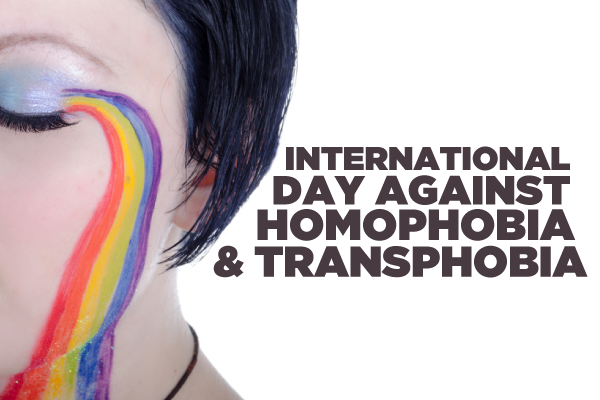
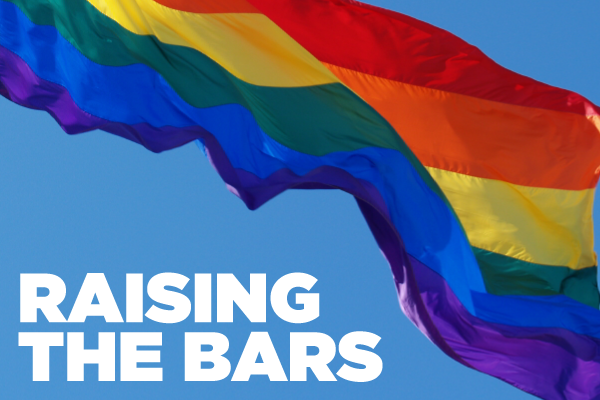

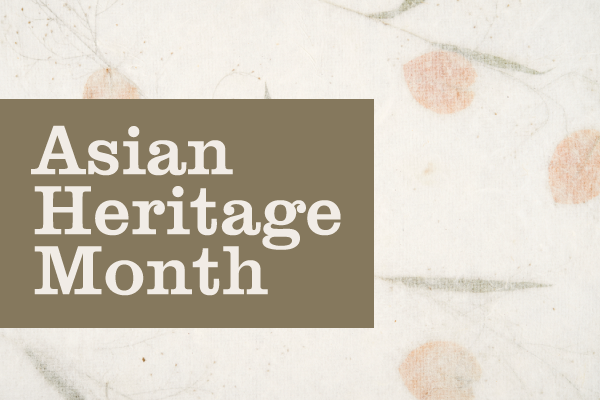


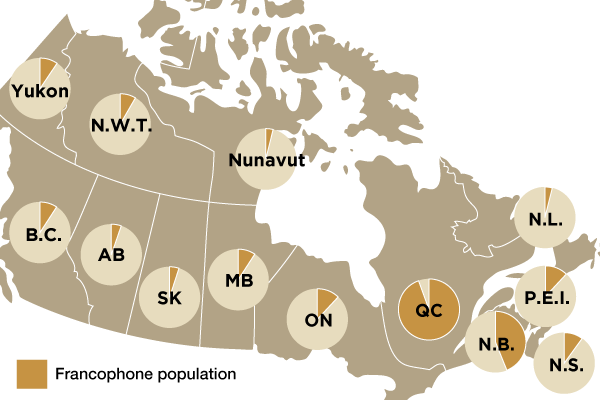


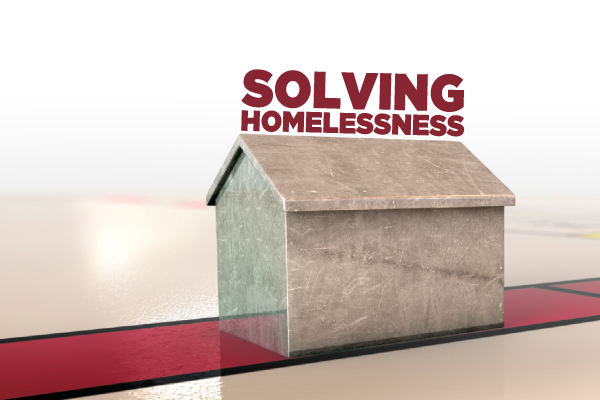
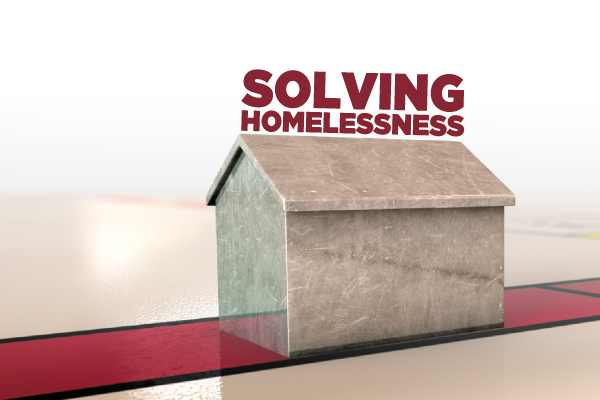 February 20 is Social Justice Day, and we thought it would be interesting to talk about one of the social justice issues facing many nations: the issue of homelessness. In Canada,
February 20 is Social Justice Day, and we thought it would be interesting to talk about one of the social justice issues facing many nations: the issue of homelessness. In Canada, 

